Go Convert String To Int
In the world of programming, converting data types is a common task. One such conversion that often comes up is converting a string to an integer. In Golang, there are several ways to achieve this, each with its own advantages and use cases. In this article, we will explore the various methods of converting a string to an int in Golang, along with handling different scenarios and edge cases.
Before diving into the conversion methods, it is important to ensure the validity of the string that needs to be converted. Here are a few steps you can follow to check for string validity:
1. Checking for string validity:
– Ensure that the string is not empty or null.
– Verify that the string does not contain any invalid characters (e.g., symbols or letters).
– Handle any empty or whitespace-only strings appropriately.
Once you have ensured the validity of the string, you can proceed with the conversion. Let’s explore the different methods available:
1. Using the built-in int() function:
Golang provides a built-in int() function that can be used to convert a string to an int. This function takes a string as an argument and returns the corresponding integer value if the conversion is successful. However, if the string cannot be converted to an int, it returns an error. Here’s an example:
“`go
package main
import (
“fmt”
“strconv”
)
func main() {
str := “42”
num, err := strconv.Atoi(str)
if err != nil {
fmt.Println(“Error converting string to int:”, err)
return
}
fmt.Println(“Converted integer:”, num)
}
“`
2. Using custom conversion functions:
Sometimes, the built-in int() function may not meet your requirements. In such cases, you can create custom conversion functions that handle the conversion based on specific criteria. These functions can handle scenarios like handling hexadecimal or binary strings, or even strings with leading zeros. Here’s an example of converting a hexadecimal string to an int:
“`go
package main
import (
“fmt”
“strconv”
)
func main() {
str := “0x2A”
num, err := strconv.ParseInt(str, 0, 64)
if err != nil {
fmt.Println(“Error converting string to int:”, err)
return
}
fmt.Println(“Converted integer:”, num)
}
“`
3. Handling negative numbers:
To handle negative numbers, you can either check for a negative sign in the string manually or use the strconv.ParseInt function with a specified base. Here’s an example:
“`go
package main
import (
“fmt”
“strconv”
)
func main() {
str := “-42”
num, err := strconv.ParseInt(str, 10, 64)
if err != nil {
fmt.Println(“Error converting string to int:”, err)
return
}
fmt.Println(“Converted integer:”, num)
}
“`
4. Handling non-integer strings:
If the string contains non-integer characters, you can either handle them by removing them beforehand or using regular expressions for more complex conversions. Here’s an example using regular expressions to extract a number from a non-integer string and convert it to an int:
“`go
package main
import (
“fmt”
“regexp”
“strconv”
)
func main() {
str := “The answer is 42.”
re := regexp.MustCompile(“[0-9]+”)
match := re.FindString(str)
num, err := strconv.Atoi(match)
if err != nil {
fmt.Println(“Error converting string to int:”, err)
return
}
fmt.Println(“Converted integer:”, num)
}
“`
FAQs:
Q1. How do I convert a string to int32 in Golang?
To convert a string to int32, you can use the strconv.ParseInt function and specify the base as 10 (decimal). Here’s an example:
“`go
str := “42”
num, err := strconv.ParseInt(str, 10, 32)
“`
Q2. How do I convert a string to int64 in Golang?
To convert a string to int64, you can use the strconv.ParseInt function and specify the base as 10 (decimal). Here’s an example:
“`go
str := “42”
num, err := strconv.ParseInt(str, 10, 64)
“`
Q3. How do I convert an int to int32 in Golang?
To convert an int to int32, you can directly assign the int value to an int32 variable, assuming the value is within the range of int32. Here’s an example:
“`go
num := 42
var num32 int32 = int32(num)
“`
Q4. How do I convert an interface to int in Golang?
To convert an interface to int, you can use a type assertion to extract the underlying int value. Here’s an example:
“`go
var i interface{} = 42
num, ok := i.(int)
if ok {
fmt.Println(“Converted integer:”, num)
}
“`
Q5. How do I change a string to int in Golang?
To change a string to int, you can use the strconv.Atoi function. Here’s an example:
“`go
str := “42”
num, err := strconv.Atoi(str)
“`
Q6. How do I convert a rune to int in Golang?
To convert a rune to int, you can directly assign the rune value to an int variable. Here’s an example:
“`go
char := ‘A’
num := int(char)
“`
Q7. How do I convert a byte to int in Golang?
To convert a byte to int, you can directly assign the byte value to an int variable. Here’s an example:
“`go
b := byte(65)
num := int(b)
“`
Q8. How do I convert any type to string in Golang?
To convert any type to a string, you can use the fmt.Sprintf function or strconv.Itoa for integers. Here’s an example:
“`go
num := 42
str := fmt.Sprintf(“%d”, num)
“`
In conclusion, converting a string to an int in Golang is a fundamental operation that is frequently required in programming. By understanding the various methods and handling different scenarios, you can effectively convert strings to integers in Golang and manipulate data with ease.
How To Convert Strings To Integers In Go – Learn Golang #10
Keywords searched by users: go convert string to int Convert string to int32 golang, Convert string to int64 Golang, Convert int to int32 golang, Convert interface to int golang, Change string to int golang, Convert rune to int golang, Byte to int golang, Convert any to string golang
Categories: Top 86 Go Convert String To Int
See more here: nhanvietluanvan.com
Convert String To Int32 Golang
Introduction:
Golang, also known as Go, is a popular programming language widely used for its simplicity, efficiency, and excellent concurrency capabilities. One common task in programming is converting data types, and in Golang, converting a string to an int32 can be an intricate process. In this article, we will explore various methods of converting a string to an int32 in Go, along with some frequently asked questions to strengthen your understanding of this important concept.
Methods of Converting String to Int32 in Golang:
1. Using the strconv package:
Golang provides the strconv package that offers several functions for string conversions. The Atoi function of strconv allows us to convert a string to its corresponding int32 value. Here’s an example:
“`go
import (
“fmt”
“strconv”
)
func main() {
str := “42”
num, err := strconv.Atoi(str)
if err != nil {
fmt.Println(“Error:”, err)
} else {
fmt.Println(“Converted int32:”, int32(num))
}
}
“`
In the above code, the Atoi function returns an int value which we then cast to an int32. However, it is worth noting that this method can result in errors and panics if the given string is not a valid integer.
2. Using the ParseInt function:
Golang’s strconv package also provides the ParseInt function, which allows for explicit control over the conversion process by specifying the base and the bit size. Here’s an example:
“`go
import (
“fmt”
“strconv”
)
func main() {
str := “42”
num, err := strconv.ParseInt(str, 10, 32)
if err != nil {
fmt.Println(“Error:”, err)
} else {
fmt.Println(“Converted int32:”, int32(num))
}
}
“`
In this code, the ParseInt function takes three arguments: the input string, the base (10 for decimal), and the bit size (32 for int32). Using this function allows for better error handling and flexibility when converting strings.
3. Using the Sscanf function:
Golang’s fmt package provides the Sscanf function, which can be used to extract formatted input from a string. It can also be utilized to convert a string to an int32 by passing a format specifier for an integer value. Here’s an example:
“`go
import (
“fmt”
)
func main() {
str := “42”
var num int32
_, err := fmt.Sscanf(str, “%d”, &num)
if err != nil {
fmt.Println(“Error:”, err)
} else {
fmt.Println(“Converted int32:”, num)
}
}
“`
In the above code, we use the %d format specifier to match an integer value in the input string, and the scanned value is directly assigned to the num variable.
Frequently Asked Questions (FAQs):
Q1: What is the difference between int32 and int?
A1: Both int32 and int are integer types, but the primary difference lies in their bit sizes. The int32 type is a 32-bit signed integer, capable of representing values from -2147483648 to 2147483647, while the int type’s size varies depending on the underlying platform.
Q2: Can I convert a string to int64 using the aforementioned methods?
A2: Yes, the methods mentioned above can be used to convert a string to an int64. You need to change the bit size from 32 to 64 in the ParseInt function and replace int32 with int64 wherever applicable.
Q3: What happens if the given string cannot be converted to an int32?
A3: In most cases, the conversion functions will return an error, allowing you to handle the situation gracefully. You can check the returned error value and handle it accordingly to avoid unexpected program crashes.
Q4: Are there any alternative methods to convert a string to int32?
A4: Yes, there are various other methods like using the strconv.ParseInt or strconv.Atoi functions with additional error handling logic. You can also choose to write your own custom conversion function by iterating over the string characters and performing the necessary calculations.
Q5: How does Golang handle overflow/underflow during string to int32 conversion?
A5: If the given string represents a value greater than the maximum or smaller than the minimum range of the int32 type, an overflow/underflow error will be returned. It is essential to handle these errors or use functions that account for such scenarios.
Conclusion:
Converting a string to int32 is a common task in programming, and Go provides several methods to accomplish this task efficiently. By using the strconv package’s various functions or the fmt package’s Sscanf function, you can convert a string to int32 easily and flexibly. Remember to handle errors appropriately and consider the possibility of overflow or underflow during conversion. Exploring the Frequently Asked Questions section can provide further clarity on this topic and help you address any potential concerns.
Convert String To Int64 Golang
Introduction:
In the world of programming, converting data types is a common task. Golang, also known as Go, provides a powerful standard library that allows developers to perform various conversions effortlessly. One of the frequently needed conversions is converting a string to an int64.
In this article, we will delve into the various methods and techniques available in Golang to convert a string to an int64. We will discuss the built-in strconv package, explore its functions, and provide code examples to help you better understand the concepts. So, let’s get started!
Converting a string to int64 using the strconv package:
The strconv package in Golang is a fundamental package that offers a wide range of functions for converting between string and basic data types. To convert a string to an int64, we can use the ParseInt() function from this package.
The ParseInt() function requires three arguments:
1. The string that needs to be converted
2. The base, which represents the number system (e.g., 10 for decimal)
3. The bit size, which specifies the size of the int to be returned (e.g., 64 for int64)
Here is an example that demonstrates the usage of ParseInt() function:
“`go
package main
import (
“fmt”
“strconv”
)
func main() {
str := “12345”
num, err := strconv.ParseInt(str, 10, 64)
if err != nil {
fmt.Println(“Error while converting string to int64:”, err)
return
}
fmt.Println(“Converted int64:”, num)
}
“`
In the above example, we use the strconv.ParseInt() function to convert the string “12345” to an int64. We provide the base as 10 and the bit size as 64. The converted int64 value is then printed on the console.
This method will work as expected for valid representation of int64 values in the given string. However, if the string does not represent a valid int64 value, an error will be returned. Therefore, it is essential to handle and check for potential errors while converting the string.
Parsing errors can arise due to reasons like incorrect base, overflow, or invalid characters. To handle these cases, utilize the returned error variable and appropriately handle the error condition.
Common errors while converting string to int64:
1. strconv.NumError: Prior to version 1.17, strconv.ParseInt() would panic when an invalid string representation was passed. From version 1.17 onwards, it returns a specific error type strconv.NumError. This error type contains the actual error string, the input string that caused the error, and the type of the conversion that was being performed. Handle this error type to gracefully handle parsing errors.
2. strconv.ErrRange: If the input string represents a valid number, but it overflows the target type (int64 in our case), strconv.ParseInt() will return strconv.ErrRange. This error can occur if the string represents a value greater than the maximum or smaller than the minimum value of the target type.
Frequently Asked Questions (FAQs):
Q1. Can we convert a non-numeric string to an int64?
A1. No, as the ParseInt() function expects valid numeric strings. Attempting to convert a non-numeric string will result in an error.
Q2. How can we handle errors while converting the string?
A2. The returned error from the ParseInt() function should be checked. If there is an error, it can be handled using conditional statements or error handling techniques.
Q3. How do we convert a string in a different number system?
A3. The base parameter in the ParseInt() function determines the number system. For example, base 16 represents hexadecimal numbers, while base 2 represents binary numbers.
Q4. Can we convert a string with leading/trailing whitespaces?
A4. Yes, the ParseInt() function in Golang can handle leading or trailing whitespaces by ignoring them before attempting the conversion.
Q5. Are there any other methods to convert a string to int64 in Golang?
A5. Yes, apart from ParseInt(), there are other techniques like using the Atoi() function, custom conversion methods, or external packages that enable string to int64 conversions in Golang.
Conclusion:
In this article, we examined the process of converting a string to an int64 in Golang. We explored the strconv package and its ParseInt() function, which allows us to accomplish this conversion effortlessly. Additionally, we discussed common errors and potential pitfalls while performing the conversion.
By using the examples and guidelines presented in this article, you should now have a solid understanding of how to convert a string to int64 in Golang. Remember to handle errors appropriately and consider other available methods if necessary.
Images related to the topic go convert string to int

Found 24 images related to go convert string to int theme

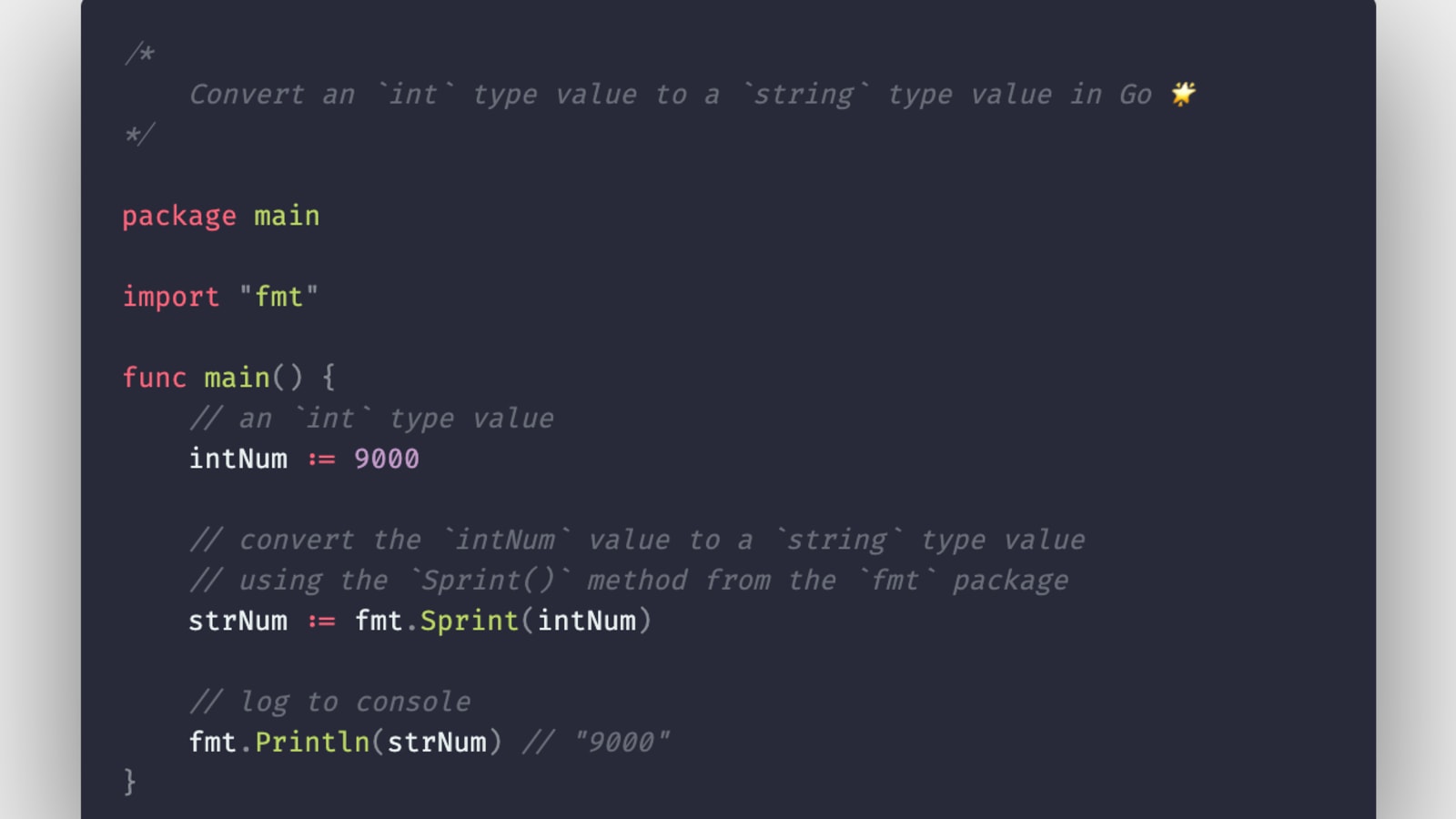
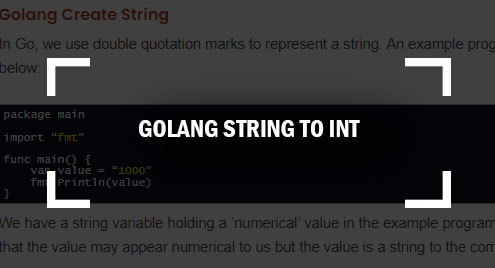
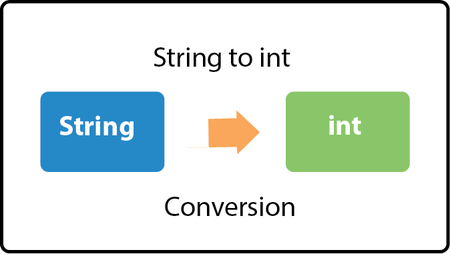
![Go] Chuyển đổi Int/String Slice sang kiểu dữ liệu String trong Golang - Technology Diver Go] Chuyển Đổi Int/String Slice Sang Kiểu Dữ Liệu String Trong Golang - Technology Diver](https://cuongquach.com/wp-content/uploads/2020/06/convert-int-string-slice-to-string.jpg)

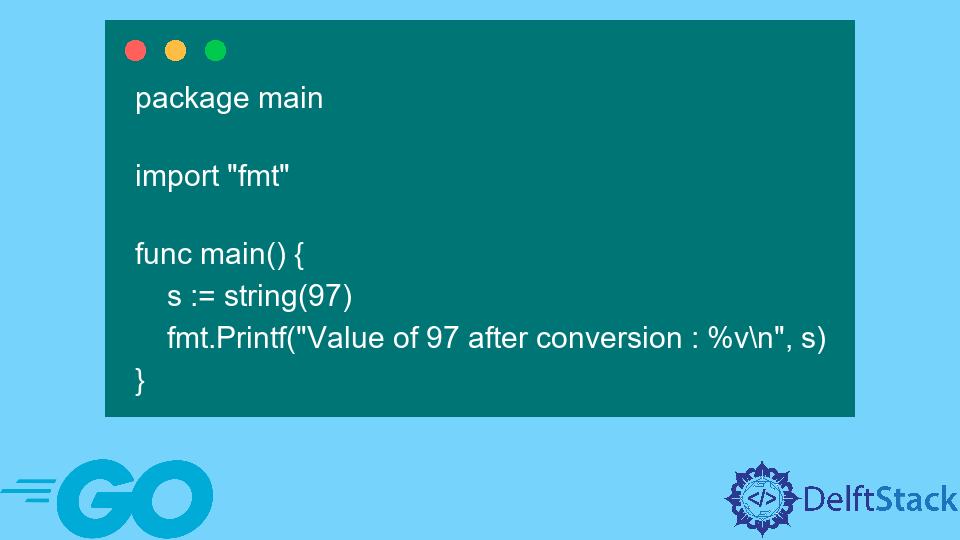


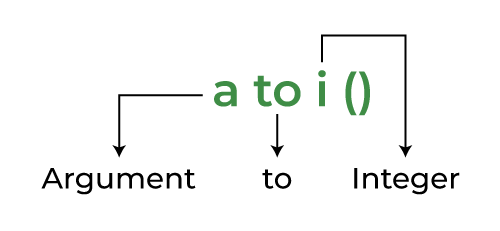
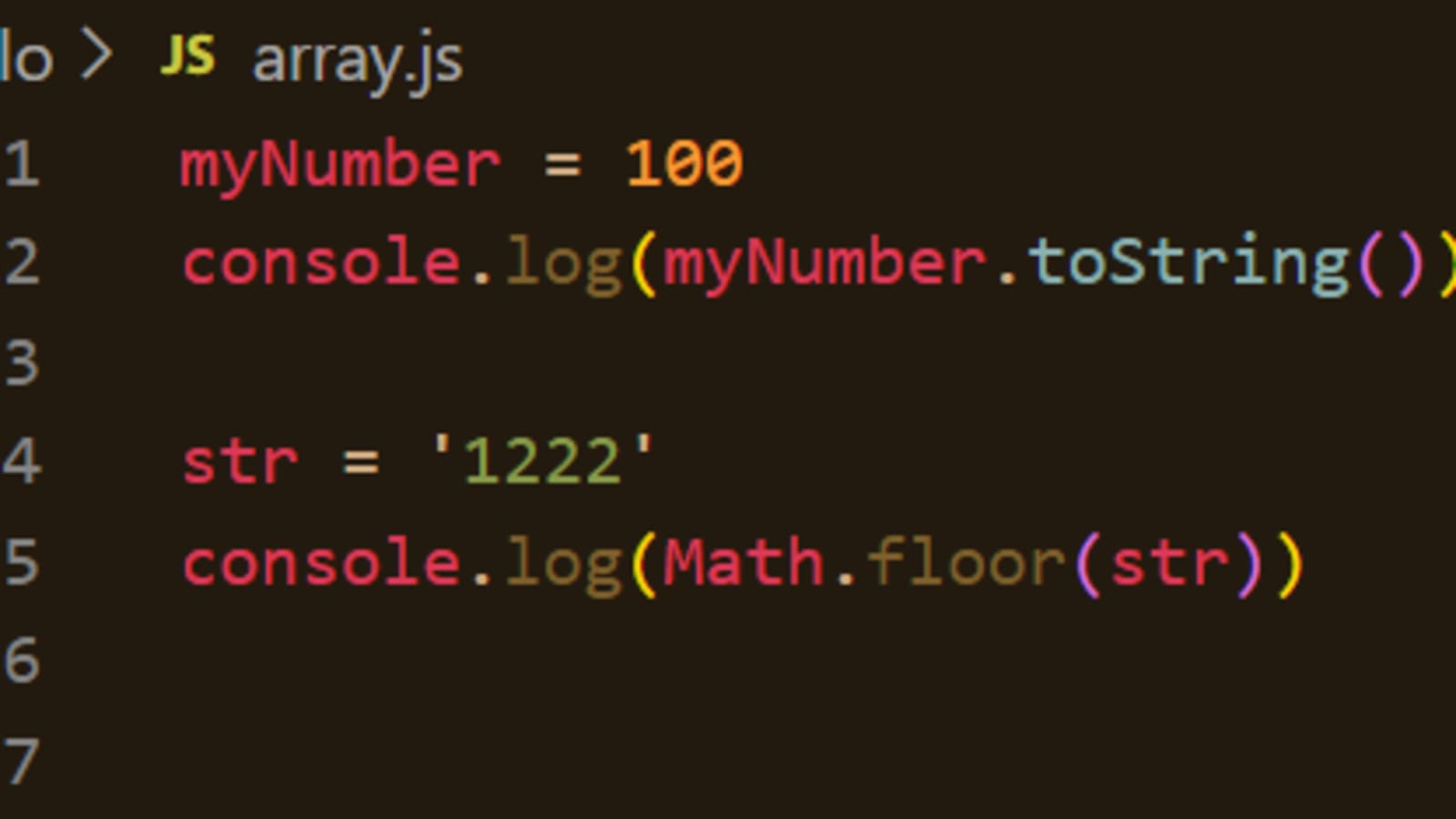


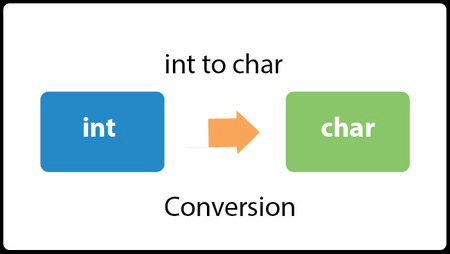
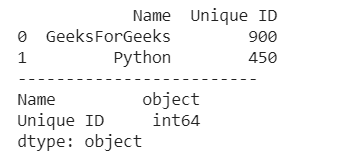



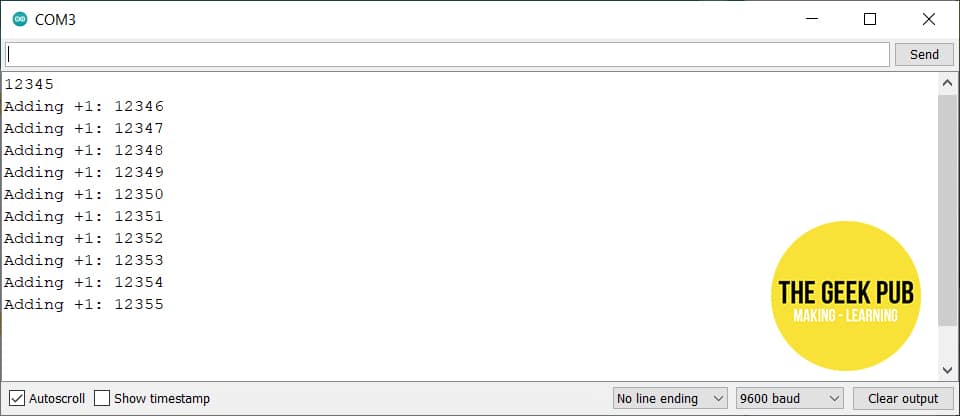
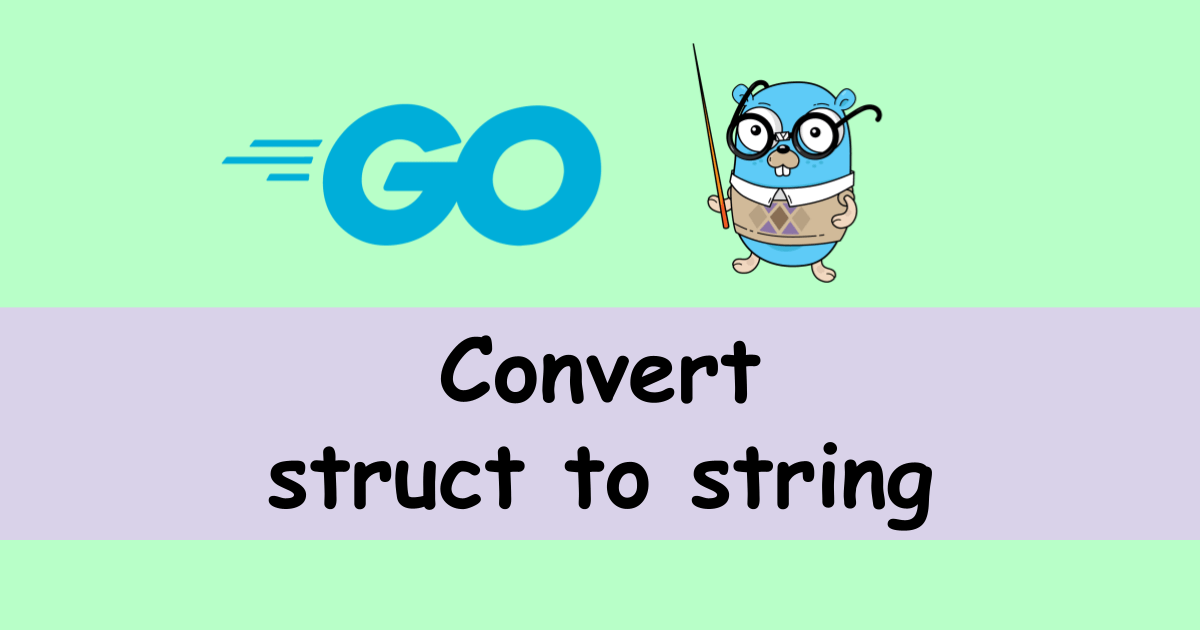
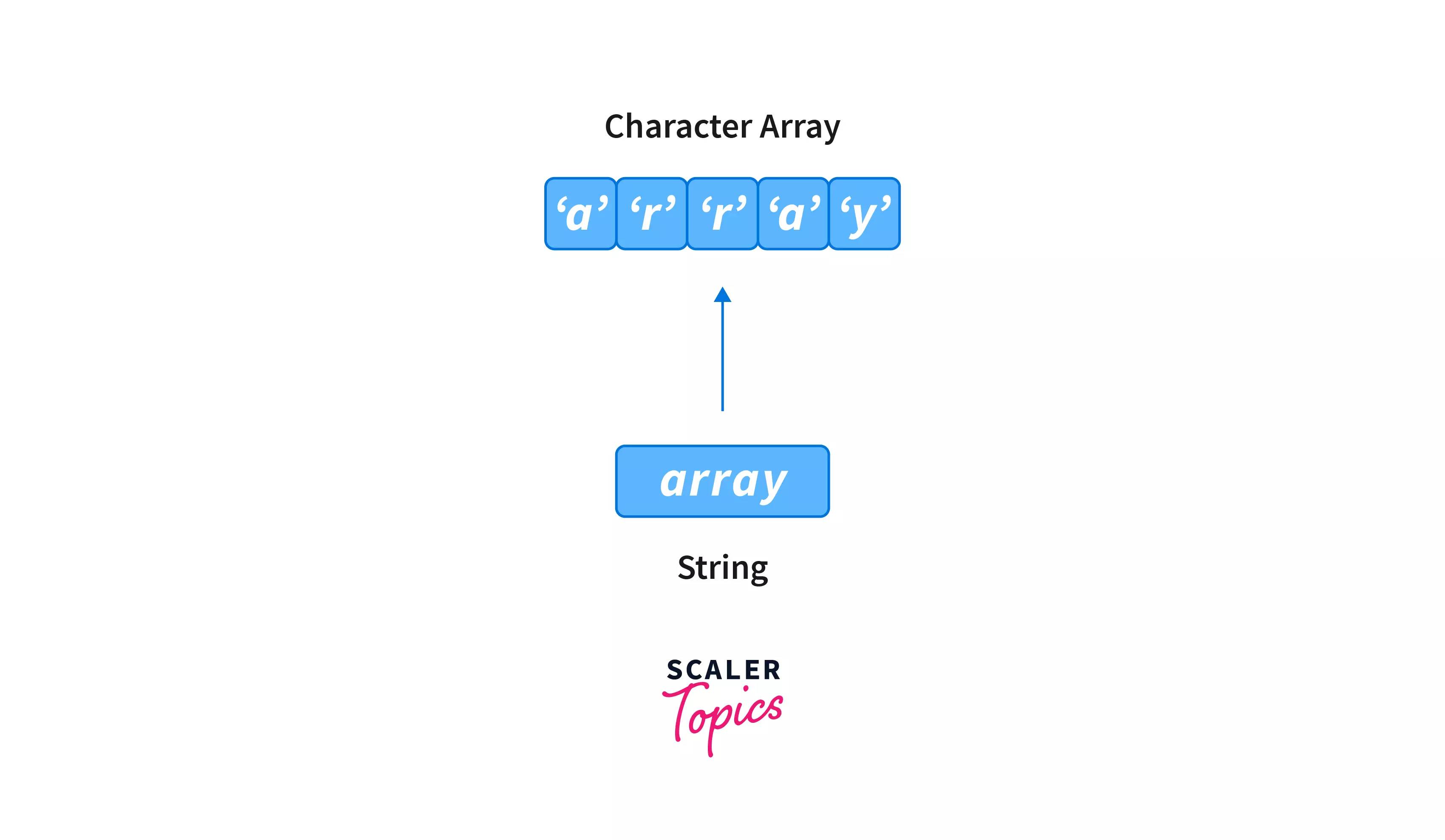
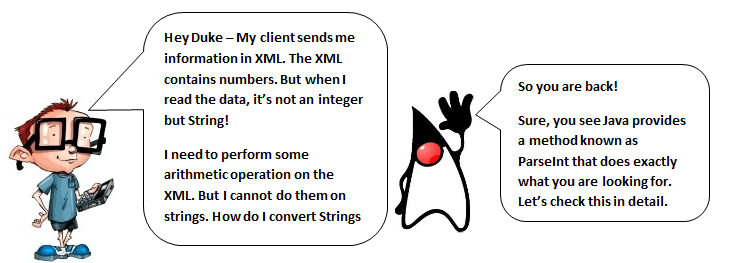
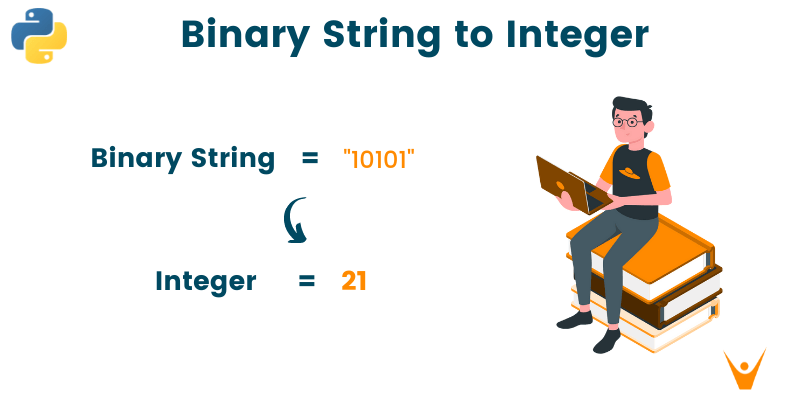
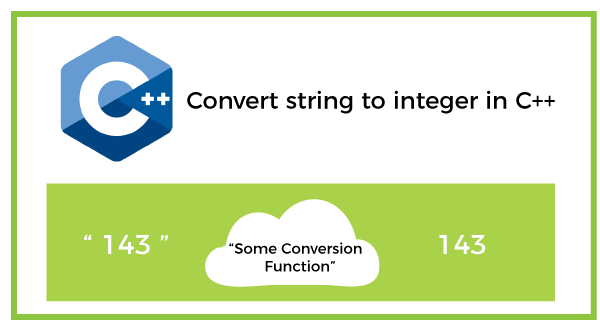
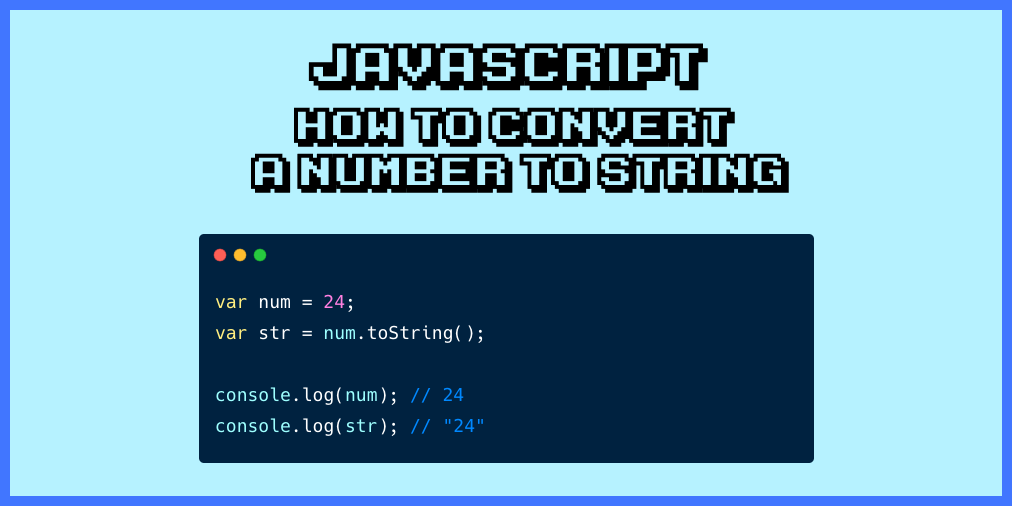
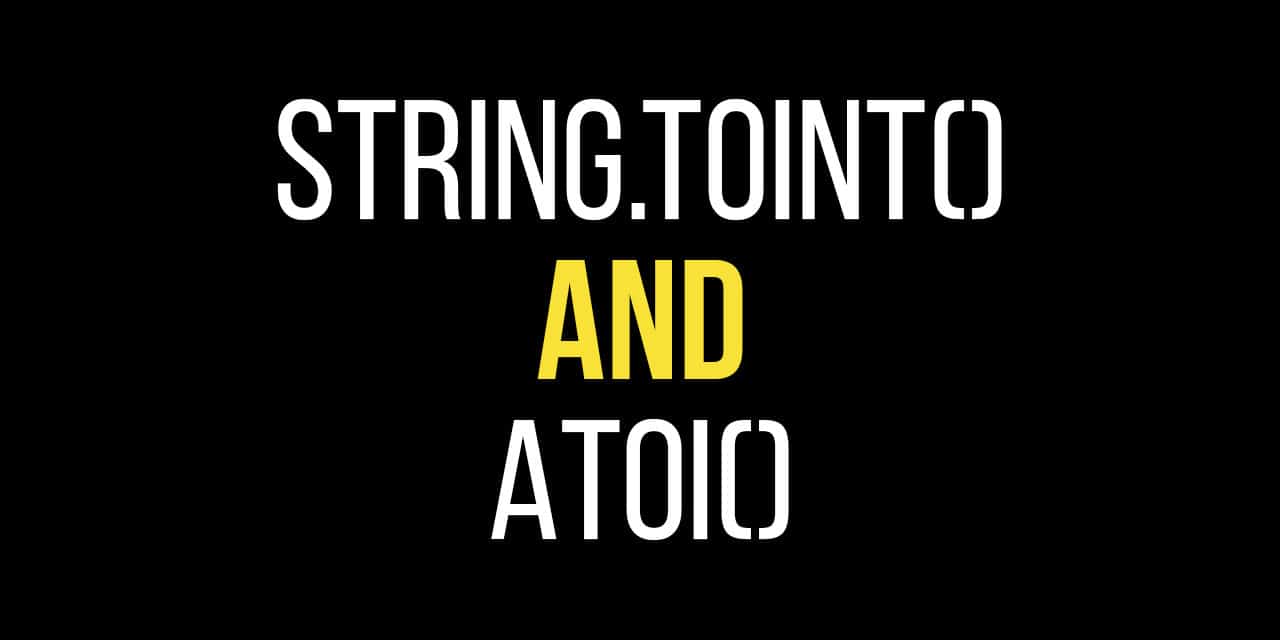


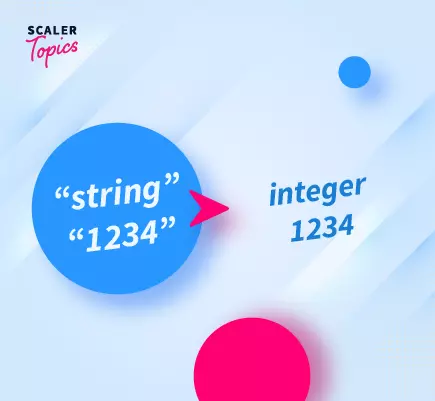

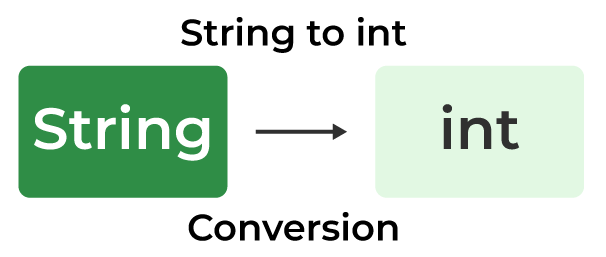
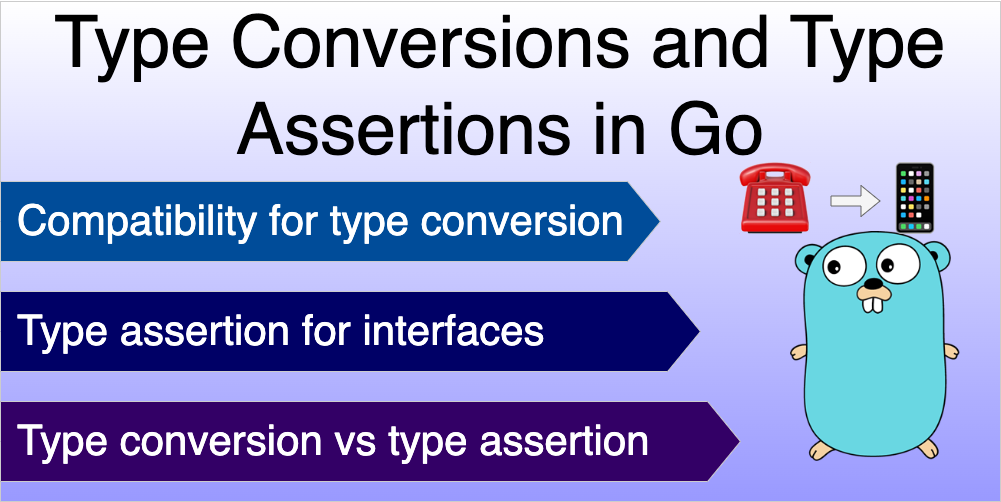








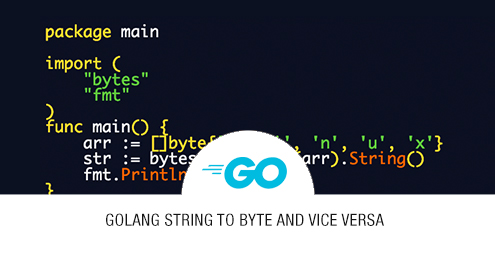


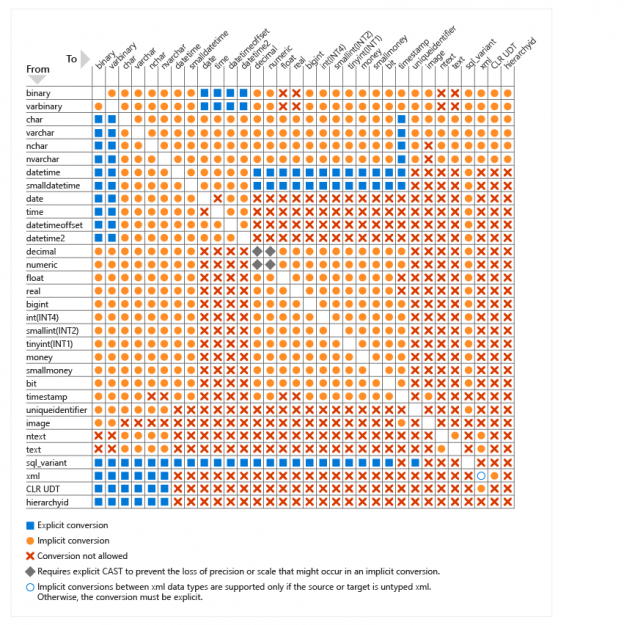



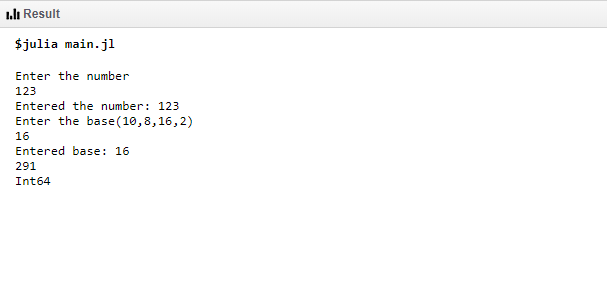
Article link: go convert string to int.
Learn more about the topic go convert string to int.
- Convert string to integer type in Go? – Stack Overflow
- How to Convert string to integer type in Go? – Eternal Dev
- How to Convert string to integer type in Go? – Golang Programs
- Golang Program to convert string type variables into int
- How to Convert string to integer type in Golang?
- How to Convert String to Integer Type in Golang? – Linux Hint
- How to convert String to Integer in Golang? – Tutorial Kart
See more: nhanvietluanvan.com/luat-hoc